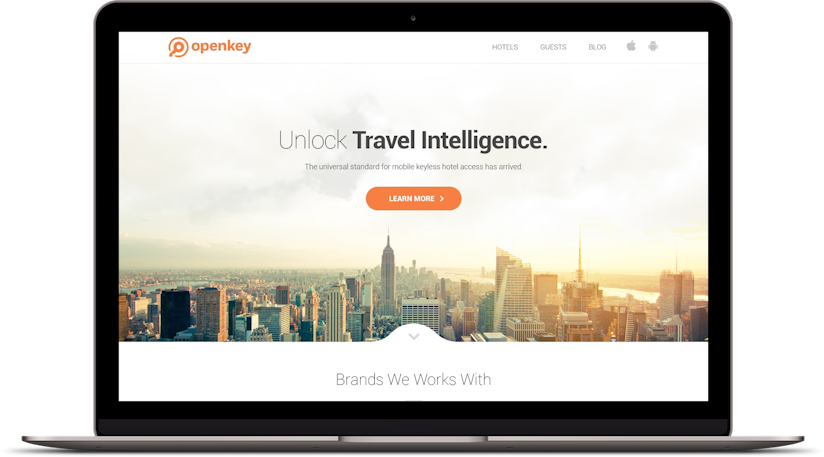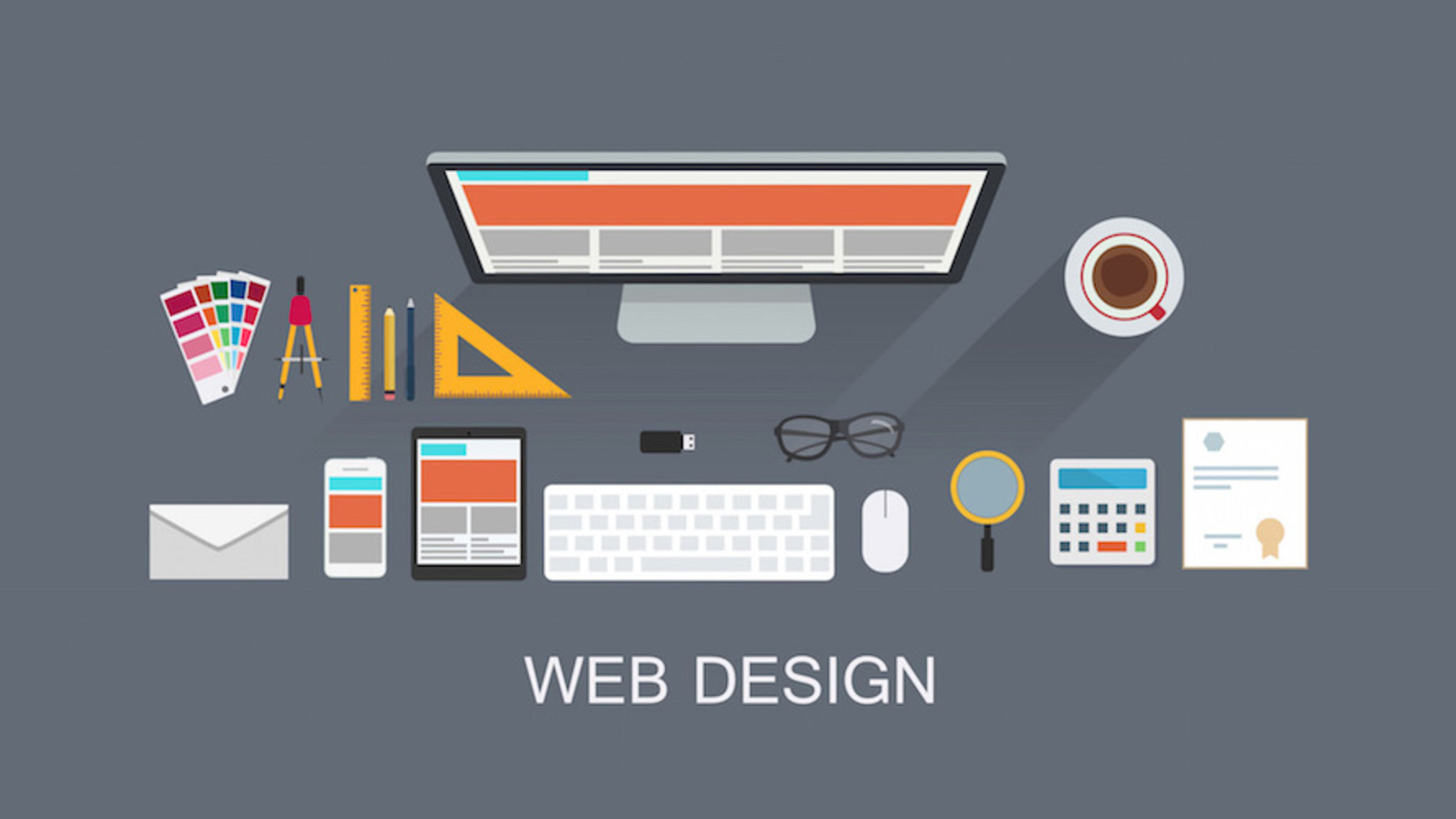All Categories
Featured
Table of Contents
- – Google Web Designer - Home Tips and Tricks:
- – Web Design - Entrepreneur Tips and Tricks:
- – Web Design Inspiration : The Best Website Des...
- – Sustainable Web Design: Home Tips and Tricks:
- – Redtree Web Design - Pittsburgh Tips and Tric...
- – Why Web Design Is Dead - - Ux Magazine Tips a...
- – Basics Of Web Development & Coding Specializ...
- – Responsive Web Design Certification - Freeco...
- – Web Design Services - Networksolutions.com T...
- – Custom Website Design And Marketing - Inmoti...
- – Web Design Services - Networksolutions.com T...
Google Web Designer - Home Tips and Tricks:
Quick summary Functionality and the energy, not the visual style, identify the success or failure of a site. Because the visitor of the page is the only individual who clicks the mouse and therefore decides everything, user-centric design has established as a basic approach for successful and profit-oriented web style - web design frederick md.
and the utility, not the visual style, determine the success or failure of a site. Since the visitor of the page is the only individual who clicks the mouse and therefore chooses everything, user-centric style has actually ended up being a standard method for successful and profit-oriented website design. After all, if users can't utilize a feature, it may also not exist.
g. where the search box should be placed) as it has actually already been performed in a variety of articles; instead we focus on the techniques which, used effectively, can cause more sophisticated design decisions and simplify the procedure of perceiving provided details. Please see that you might be thinking about the usability-related articles we have actually published before: Concepts Of Great Website Style And Efficient Web Design Standards, In order to utilize the concepts correctly we initially need to comprehend how users engage with sites, how they believe and what are the fundamental patterns of users' habits.
Web Design - Entrepreneur Tips and Tricks:
Visitors look at each brand-new page, scan a few of the text, and click the first link that catches their interest or vaguely resembles the important things they're looking for. In fact, there are big parts of the page they don't even look at. Many users look for something fascinating (or helpful) and clickable; as quickly as some appealing prospects are discovered, users click.
If a page supplies users with high-quality content, they are ready to jeopardize the content with ads and the design of the site. This is the reason that not-that-well-designed websites with top quality material acquire a lot of traffic over years. Material is more important than the design which supports it.

Users do not read, they scan. Notice how "hot" locations abrupt in the middle of sentences. This is normal for the scanning procedure. Really easy principle: If a site isn't able to fulfill users' expectations, then designer stopped working to get his task done properly and the company loses cash. The higher is the cognitive load and the less user-friendly is the navigation, the more prepared are users to leave the site and search for options.
Web Design Inspiration : The Best Website Design Ideas Tips and Tricks:
Neither do they scan webpage in a direct fashion, going sequentially from one site section to another one. Rather users satisfice; they pick the very first reasonable alternative. As quickly as they find a link that looks like it may result in the objective, there is an excellent opportunity that it will be instantly clicked.
It doesn't matter to us if we understand how things work, as long as we can utilize them. If your audience is going to imitate you're developing billboard, then design fantastic signboards." Users wish to be able to manage their browser and depend on the constant information discussion throughout the website.
If the navigation and site architecture aren't user-friendly, the number of concern marks grows and makes it harder for users to comprehend how the system works and how to obtain from point A to point B. A clear structure, moderate visual hints and easily recognizable links can assist users to discover their course to their aim.
Sustainable Web Design: Home Tips and Tricks:

Since users tend to explore websites according to the "F"-pattern, these 3 declarations would be the first elements users will see on the page once it is loaded. The design itself is basic and instinctive, to comprehend what the page is about the user needs to browse for the response.
When you have actually accomplished this, you can interact why the system is useful and how users can benefit from it. Don't Squander Users' Persistence, In every project when you are going to provide your visitors some service or tool, try to keep your user requirements minimal.
First-time visitors want to, not filling long web forms for an account they may never use in the future. Let users explore the website and discover your services without forcing them into sharing private data. It's not sensible to force users to go into an e-mail address to check the feature.
Redtree Web Design - Pittsburgh Tips and Tricks:
Stikkit is a perfect example for an user-friendly service which needs nearly nothing from the visitor which is unobtrusive and reassuring. Which's what you desire your users to feel on your website. Apparently, Termite requires more. However the registration can be done in less than 30 seconds as the form has horizontal orientation, the user does not even require to scroll the page.
A user registration alone is adequate of an obstacle to user navigation to reduce incoming traffic. 3. Manage To Focus Users' Attention, As websites supply both fixed and dynamic material, some elements of the interface bring in attention more than others do. Certainly, images are more captivating than the text simply as the sentences marked as strong are more appealing than plain text.
Focusing users' attention to particular areas of the site with a moderate usage of visual components can help your visitors to get from point A to point B without thinking of how it actually is supposed to be done. The less enigma visitors have, the they have and the more trust they can establish towards the business the website represents.
Why Web Design Is Dead - - Ux Magazine Tips and Tricks:
Aim For Function Exposure, Modern web styles are usually slammed due to their approach of directing users with aesthetically appealing 1-2-3-done-steps, large buttons with visual impacts and so on. From the design point of view these components actually aren't a bad thing.
The website has 9 main navigation choices which are visible at the first look. What matters is that the material is well-understood and visitors feel comfortable with the method they interact with the system.
Instead a cost: simply what visitors are looking for. An optimal solution for reliable writing is touse brief and succinct phrases (come to the point as rapidly as possible), usage scannable layout (categorize the material, utilize several heading levels, use visual elements and bulleted lists which break the flow of uniform text blocks), use plain and unbiased language (a promotion does not require to sound like ad; provide your users some affordable and objective reason why they should utilize your service or stay on your website)6.
Basics Of Web Development & Coding Specialization - Coursera Tips and Tricks:
Users are rarely on a site to delight in the design; additionally, most of the times they are looking for the details regardless of the style - web design frederick md. Pursue simplicity rather of complexity. From the visitors' point of view, the best site design is a pure text, with no ads or more material blocks matching exactly the inquiry visitors utilized or the material they've been trying to find.
Finch plainly presents the information about the website and offers visitors a choice of alternatives without overcrowding them with unneeded material. Not just does it help to for the visitors, but it makes it possible to perceive the details presented on the screen.
Complex structures are harder to check out, scan, examine and work with. If you have the option between separating two design sectors by a noticeable line or by some whitespace, it's generally better to use the whitespace solution. (Simon's Law): the better you handle to offer users with a sense of visual hierarchy, the simpler your content will be to view.
Responsive Web Design Certification - Freecodecamp.org Tips and Tricks:
The same conventions and rules should be applied to all elements.: do the most with the least amount of cues and visual elements. 4 major points to be considered: simplicity, clearness, distinctiveness, and focus. Simplicity consists of just the components that are crucial for communication. Clarity: all components need to be developed so their meaning is not uncertain.
Conventions Are Our Good friends, Conventional style of site elements does not result in a boring web site. It would be an usability problem if all sites had different visual discussion of RSS-feeds.
comprehend what they're getting out of a site navigation, text structure, search placement etc. A case in point from use sessions is to translate the page in Japanese (assuming your web users don't understand Japanese, e. g. with Babelfish) and supply your functionality testers with a task to discover something in the page of different language.
Web Design Services - Networksolutions.com Tips and Tricks:
Steve Krug suggests that it's better to, but benefit from conventions when you do not. 10. Test Early, Test Often, This so-called TETO-principle should be used to every website design job as usability tests often supply into substantial issues and problems associated with a provided design. Test not too late, not insufficient and not for the incorrect factors.
Some essential points to remember: according to Steve Krug, and testing one user early in the task is better than screening 50 near the end. Accoring to Boehm's first law, errors are most frequent during requirements and style activities and are the more expensive the later on they are gotten rid of.
That suggests that you create something, test it, fix it and then test it again. There might be problems which have not been discovered during the very first round as users were virtually obstructed by other problems. use tests. Either you'll be pointed to the problems you have or you'll be pointed to the absence of significant style flaws which remains in both cases an useful insight for your task.
Custom Website Design And Marketing - Inmotion Hosting Tips and Tricks:

This holds for designers. After you've worked on a site for couple of weeks, you can't observe it from a fresh point of view any longer. You understand how it is constructed and therefore you know precisely how it works you have the wisdom independent testers and visitors of your website wouldn't have.
It can be linked to other locations such as graphic style, user experience, and multimedia arts, but is more aptly seen from a technological standpoint. It has actually become a large part of individuals's daily lives. It is hard to envision the Web without animated graphics, various designs of typography, background, videos and music.

During 1991 to 1993 the World Wide Web was born. Text-only pages might be seen using an easy line-mode browser. In 1993 Marc Andreessen and Eric Bina, developed the Mosaic browser. At the time there were numerous internet browsers, nevertheless the bulk of them were Unix-based and naturally text heavy. There had been no integrated approach to graphic design aspects such as images or sounds.
Web Design Services - Networksolutions.com Tips and Tricks:
The W3C was developed in October 1994 to "lead the World Wide Web to its complete potential by establishing common protocols that promote its evolution and ensure its interoperability." This dissuaded any one business from monopolizing a propriety internet browser and shows language, which could have altered the effect of the Internet as a whole.
As this has actually happened the innovation of the web has also proceeded. There have likewise been considerable changes in the way individuals utilize and access the web, and this has altered how websites are designed. Given that completion of the browsers wars [] new browsers have actually been launched. Much of these are open source indicating that they tend to have quicker development and are more helpful of brand-new requirements.
Learn more about Lovell Media Group LLC or TrainACETable of Contents
- – Google Web Designer - Home Tips and Tricks:
- – Web Design - Entrepreneur Tips and Tricks:
- – Web Design Inspiration : The Best Website Des...
- – Sustainable Web Design: Home Tips and Tricks:
- – Redtree Web Design - Pittsburgh Tips and Tric...
- – Why Web Design Is Dead - - Ux Magazine Tips a...
- – Basics Of Web Development & Coding Specializ...
- – Responsive Web Design Certification - Freeco...
- – Web Design Services - Networksolutions.com T...
- – Custom Website Design And Marketing - Inmoti...
- – Web Design Services - Networksolutions.com T...
Latest Posts
34 Of The Best Website Designs To Inspire You In 2022 Tips and Tricks:
What Is Web Design (And How Do I Get It Right)? - 99designs Tips and Tricks:
Web Design Courses & Tutorials - Codecademy Tips and Tricks:
More
Latest Posts
34 Of The Best Website Designs To Inspire You In 2022 Tips and Tricks:
What Is Web Design (And How Do I Get It Right)? - 99designs Tips and Tricks:
Web Design Courses & Tutorials - Codecademy Tips and Tricks: